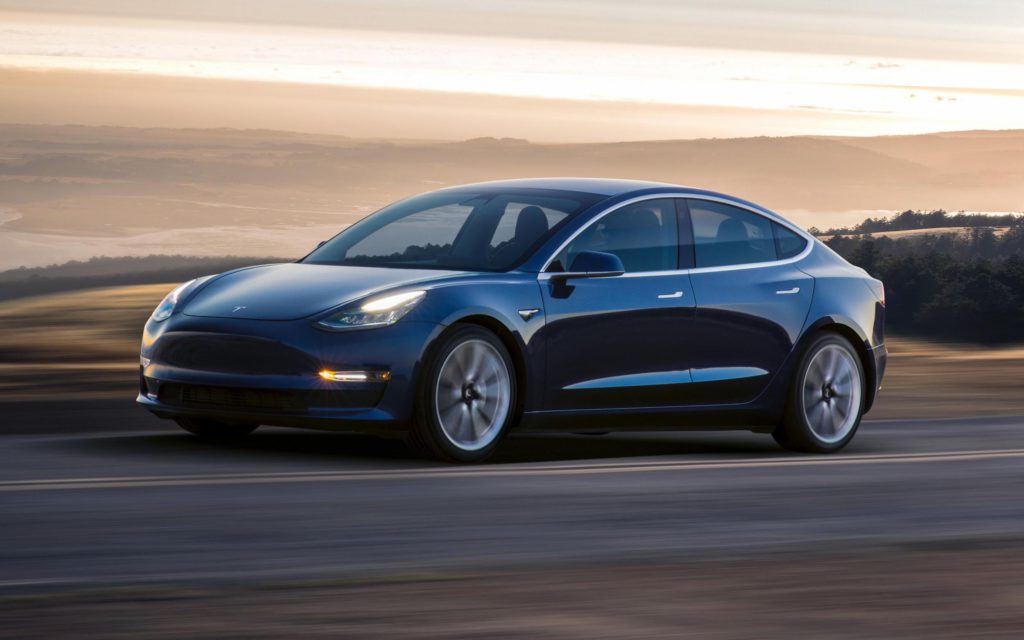Tesla looks to cut out cobalt
20 February 2020

20 February 2020
Tesla is in talks with Contemporary Amperex Technology (CATL) to use their cobalt-free batteries. The adoption of lithium-iron-phosphate (LIP) batteries would be a first for the US manufacturer.
Electric vehicles (EVs) are usually equipped with nickel-cobalt-aluminium or nickel-manganese-cobalt batteries. These units usually have a higher energy density that can take the car further on one charge. To up the density of their batteries, CATL has been developing cell-to-pack (CTP) technology.
Battery breakthrough
Traditionally EVs are equipped with one battery pack. This is made up of a cluster of modules, which is in turn made up of a cluster of cells. CTP allows cells to be directly integrated into packs, skipping the need for modules. This means more energy can be stored in the same space, while the unit becomes lighter.
According to one anonymous Reuters source, the LIP batteries will be cheaper than the existing units by a ′double-digit percentage’. On top of this, LIP batteries last longer, have a constant voltage while discharging and do not catch fire. What is more, the lack of cobalt makes LIP batteries a far more ethically sound choice.
Cobalt case
A class-action lawsuit has drawn attention to the sourcing of cobalt and companies who use the metal. IRAdvocates opened a case on behalf of 14 plaintiffs killed or maimed in tunnel or wall collapses while mining cobalt in the Democratic Republic of Congo. Companies named in the lawsuit stand accused of aiding and abetting in dangerous practices.
′It is well-documented that the young children mining Defendants’ cobalt are not merely forced to work full-time, extremely dangerous mining jobs at the expense their educations and futures; they are regularly maimed and killed,’ IRAdvocates say.
Years ahead
Compared to other manufacturers who have been making cars for hundreds of years, Tesla is still a relative newcomer at less than 20. However, having delivered less than 400,000 cars last year, Tesla continues to lead the charge on EV technology.
Nikkei Business Publications recently tore down a Tesla Model 3 to find Tesla is ′six-years ahead of Toyota and Volkswagen’ in terms of electronics. The car’s integrated central control unit, also known as Hardware 3, can be found in the Model 3, S and X.
It features two custom AI chips with specialised software, built to power Tesla’s self-driving capabilities and infotainment system. This control unit essentially handles all the heavy data of more autonomous vehicles. Industry insiders predict such technology will not be prominent until 2025 at the earliest.
Using Tesla as a benchmark for technological advancement and battery construction means other manufacturers still have a long way to go to catch up.